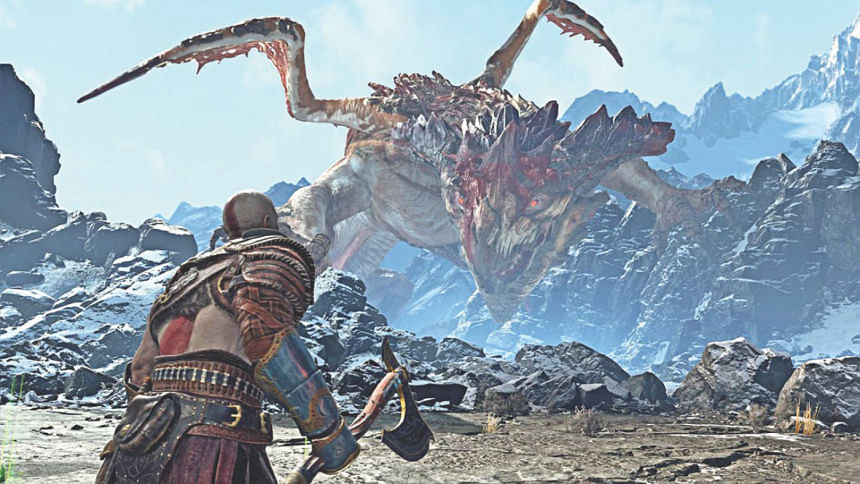The one overlooked aspect of video game immersion

The player camera in video games is a criminally-overlooked feature. It can mean the difference between killing that difficult boss and dying to him because the camera glitched out and you were staring into your character's nostrils.
In this article, we look at how camera work in gaming plays a significant role in terms of immersion and gameplay.
There are usually two types of cameras in video games. You have your fixed-point camera views like in first person shooters, racing games and side scrollers where your camera is dependent on where your character is looking, and you have your free-camera games where you can adjust the camera regardless of your character's sight like in third person shooters, or adventure games.
Looking at the whole concept from a gameplay perspective, we see that these camera controls are what separate entire genres. And getting the right camera angle is quintessential to the overall gameplay experience of a shooter. If you've ever played any FPS competitively, chances are you're acquainted with the Field of View (FOV) slider. It's claustrophobic and nauseating to even imagine playing an FPS at 71 FOV. This is why a lot of PC (and nowadays, even console) players straight up go looking for an FOV slider before they dive into their first multiplayer match. Having a wider field of view lets you see more of the environment which yields significant benefits for your performance in matches. Thus it is vital for devs to incorporate this feature into their games if they sense even a small chance of their games becoming a competitive title.
From a third person shooter or adventure game perspective, camera controls and mechanics are crucial to providing an immersive experience for gamers. The shake of the camera when you're sprinting, the flinch when you get shot, and the ability to pan across the large, gorgeous vistas that you will be exposed to, all lend to the feeling of immersion. This one feature is one of the mainstays of these titles and if you end up breaking immersion, you risk losing one of your biggest USPs. Take the latest God of War game for example. The whole game takes place in one camera shot – no cuts. This allows for all cutscenes and animations to blend seamlessly with the actual gameplay, thus creating a feeling of immersion like never before. And it works amazingly for proving the game's technical mastery as well, once you realise that all those particle effects, detailed character models, and physics are all in-game, you become more aware of those even when you're playing. This lends to the coherence of a game's visual consistency and it is great for gamers to realise they aren't being tricked by pre-rendered videos.
Video games have come a long way since the days of old. With all these innovations, it becomes paramount for developers to nail the basics even better than before. The camera will become more of a superstar in the coming titles, especially for VR.
Shahrukh Ikhtear is a former Sub-Editor at SHOUT who is obsessed with gaming and learning marketing. Send him leaked screenshots of Red Dead Redemption 2 and pictures of Philip Kotler at [email protected]

 For all latest news, follow The Daily Star's Google News channel.
For all latest news, follow The Daily Star's Google News channel. 



Comments